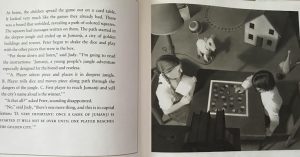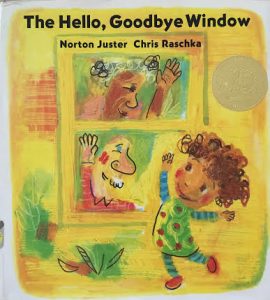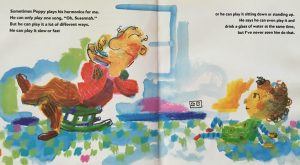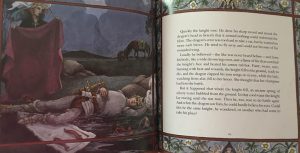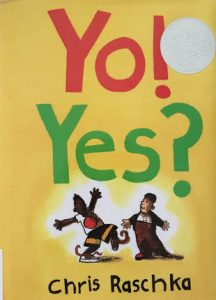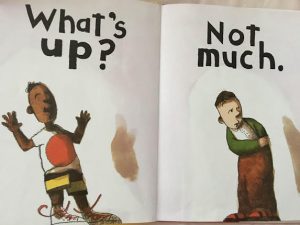Title: Jumanji
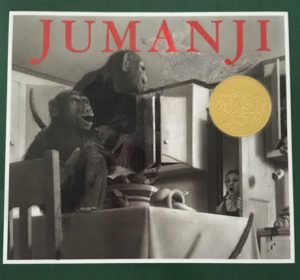
Author: Chris Van Allsburg
Illustrator/Photographer: Chirs Van Allsburg
Publisher and Year: Houghton Mifflin Company, 1981
Number of pages: 28 pgs
Tags: Olivia Simkins, Picture Book, Award Winner, Fiction
Genre: Ficiton
Analysis:
This book is about a little girl named Judy and a little boy named Peter, who find an abandoned board game at the park and decide to play it while their parents are out. As they play, the game comes to life. Whatever happened in the game happens in real life. This book has also won the Caldecott Award.
This book functions as a window for the readers to look into. Readers are able to look into a fantasy scenario of a game that comes to life when someone play it. This book is intended to serve as a warning to children to listen to their parents. At the end, one of the guests talks about how her sons never like to follow to directions. The reader can see that the boys stole the game board in the illustration on the next page. This serves as foreshadowing that the boys are going to end up playing the game because the do not listen or follow direction in real life and when it comes to playing with games and toys. I think that the Illustrator didn’t represent any culture or multicultural aspects in this book. Both the boy and the girl are white and so are the other characters in the book.
The illustrations in the book are all in black and white and are all framed. This allows for the readers to look in on the story, rather than to be a part of it. The underlying ideology in this book is to listen to directions or else something like this could happen to you. It serves as a pre-cautionary tale for younger kids.
